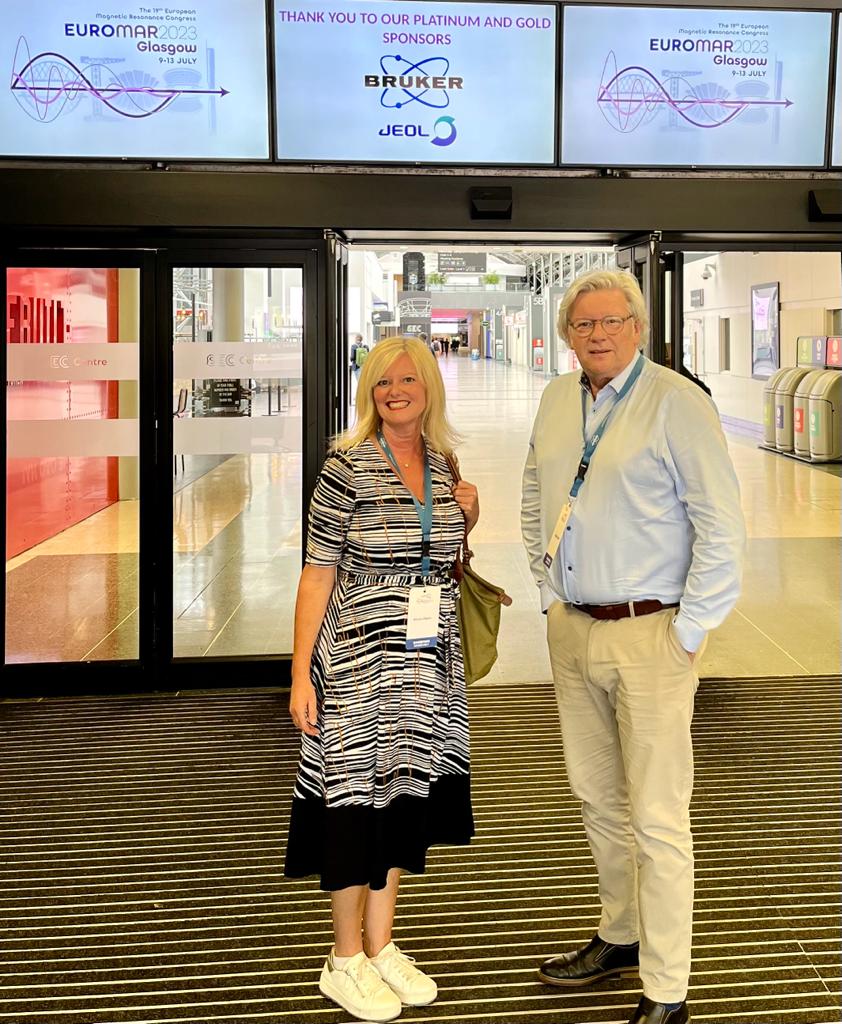It’s surreal that only 5 months have passed since our CEO, Kath and I were happily flying across the pond (via Iceland, which was a first for me!), networking, meeting clients and media and enjoying the buzz of Pittcon in Chicago. While it was our first experience of elbow bumping and our hands were raw from endless hand sanitiser application, we were still blissfully unaware that it would be the last foreign trip we would make and trade show we’d go to for some time – who knows how long.
The last few months have put everything into perspective for many of us and those of us who have our health, family, friends and jobs are the lucky ones. However, the impact in our field of work of no trade shows or face-to-face meetings is quite acute. So many of our clients rely on those regular opportunities to meet with their network, attract new potential customers and promote their latest news and products to the media. We relish the chance to connect with our clients, catch up with our media friends and contacts and meet potential new clients.
When analytica made the call to postpone the 2020 event to October, it seemed like the right decision. However, as the pandemic worsened, many other trade shows decided to cancel for 2020 and offer an online or virtual event, postponing their next live event to 2021. In the case of Vitafoods, postponing to October, then making that a virtual event meant a lot of uncertainty for exhibitors and, I am sure, a lot of stress for the organisers.
For exhibitors, the decision became whether to invest in a virtual version of the trade shows they attend each year (and know exactly what they will get) and take a leap of faith into the unknown. The job of assessing potential value of an event that has no precedent is a tough one. The event organisers generally have done a good job of sourcing a suitable online platform (though they are certainly not all like-for-like), putting together an attractive offering, promoting the event to the right audience and hoping for the best. But are trade shows one of those things that just cannot be replicated online, no matter how hard you try?
Zoom fatigue
If we weren’t all Zoom-ing or Teams calling multiple times a day, then maybe a virtual event with live video or live chats with visitors might seem fun or different, but for many of us, it’s now just the norm. And can you really make a genuine connection with someone new (e.g. a potential customer) via a video call? I am not sure anything beats sharing a canapé and drink with someone and through informal chat, both realising that your organisations are a perfect match.
As an exhibitor at a live trade show, on a good day, you might meet 30 or more potential customers, plus other relevant contacts like distributors, suppliers, media. Some of the virtual event organisers are offering matching services where they set up virtual meetings with relevant people, but realistically, one sales person can only get through 10 or so of those in a day, as well as engaging with the online event in other crucial ways. And the likelihood of having no-shows has got to be pretty high.
While the technology is certainly there – and has been for some time – as is the interest from b2b vendors and audiences, virtual trade shows in 2020 seem to be more miss than hit from the feedback we have heard from clients, media and other industry contacts. 64% of people in a recent LinkedIn poll by life science industry influencer, Rizwan Chaudhrey, said that their preferred virtual event format was live webinars. Virtual exhibitions and conferences were much less preferred. Given that organisers, exhibitors and attendees have been forced into a virtual reality, there is just no getting away from the fact that these events can seem rushed, difficult to assess in terms of value – and, consequently, viewed with scepticism.
Are trade shows dead?
I would confidently say that enforced virtual events have not resulted in trade shows being exposed as no longer relevant, in fact, I think the opposite is probably true for many people. While the travel situation may continue to be uncertain well into 2021, the desire of exhibitors, attendees and media to get back on the trade show circuit is palpable. In another of Rizwan’s polls, 21% of people even said they would definitely exhibit at / attend an overseas tradeshow in 2020.
Until we return to that comforting reality, many of our clients are deciding to channel their efforts into online lead generation activities to replace the lost leads from the cancellation or ‘virtualisation’ of their key events.
This is where the principle of inbound marketing comes into its own. With a well targeted, valuable content asset, such as an ebook, whitepaper, or webinar, an inbound comms campaign that attracts the target audience and compels them to provide their contact details, is a proven, repeatable and effective strategy.
To discuss how your organisation could benefit from inbound marketing in technical and scientific sectors, contact us.
For the latest list of life science industry events and their go / no-go status, go to: https://www.linkedin.com/feed/update/urn:li:activity:6693546223401623552/
By Louise Reid, Managing Director






